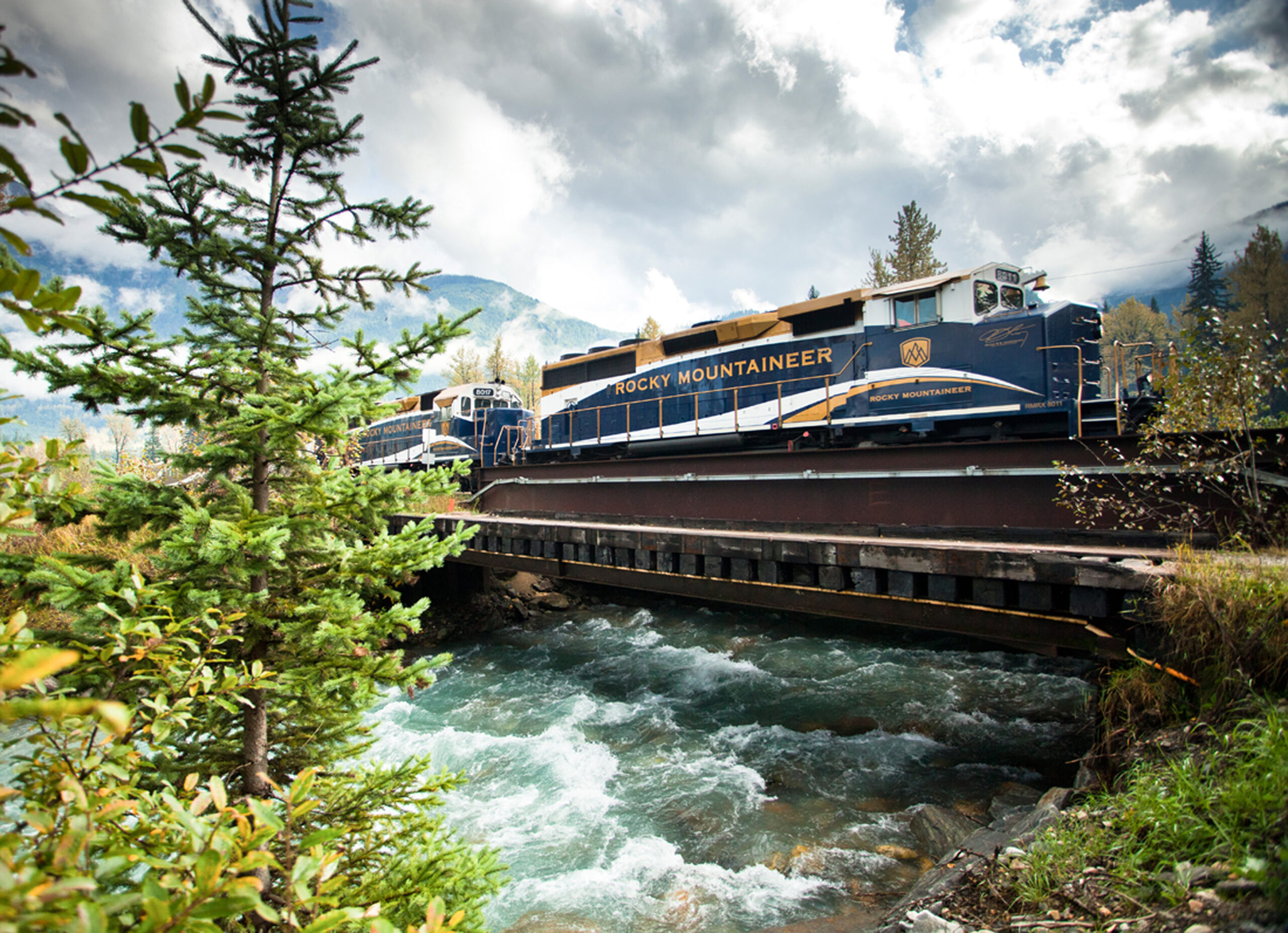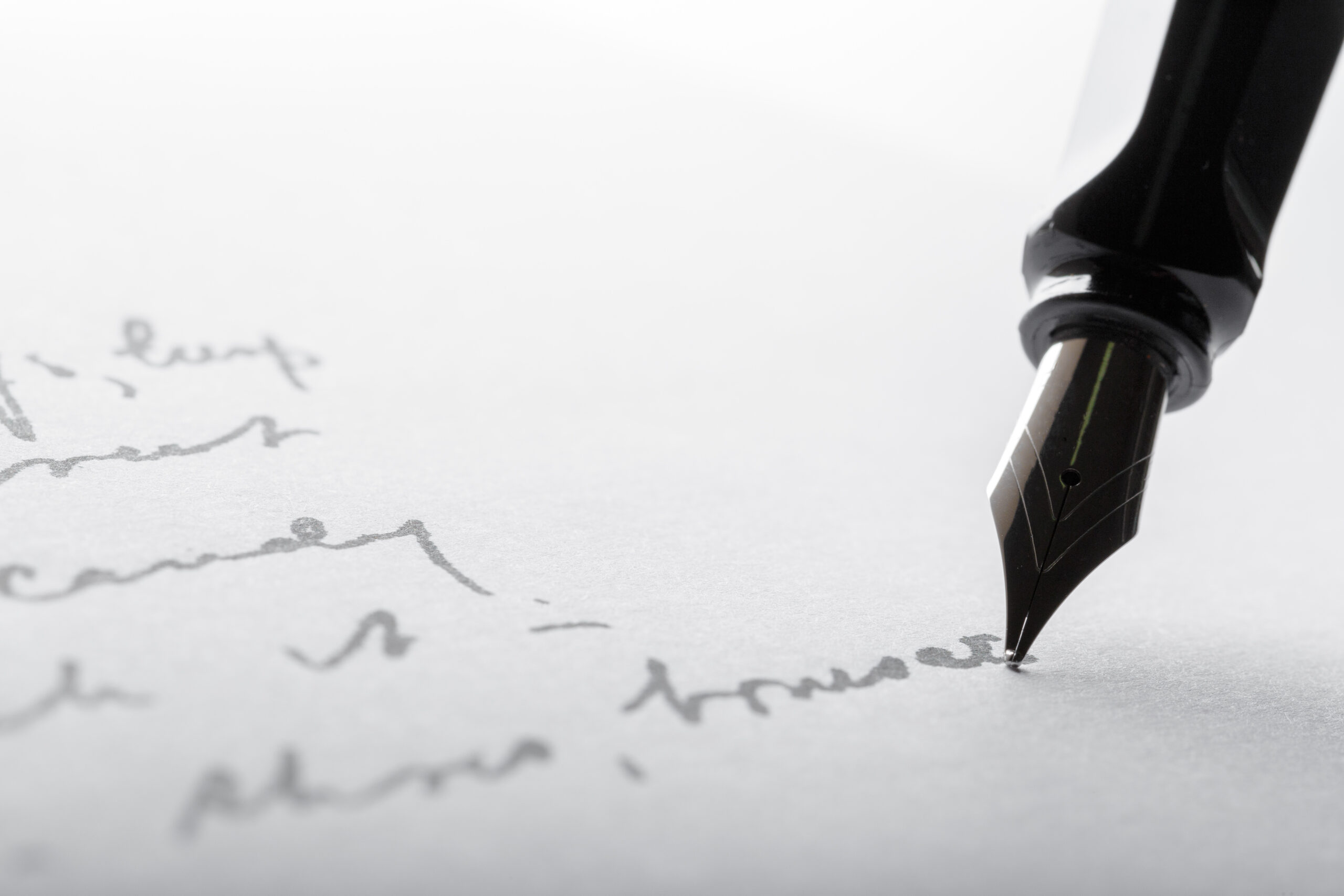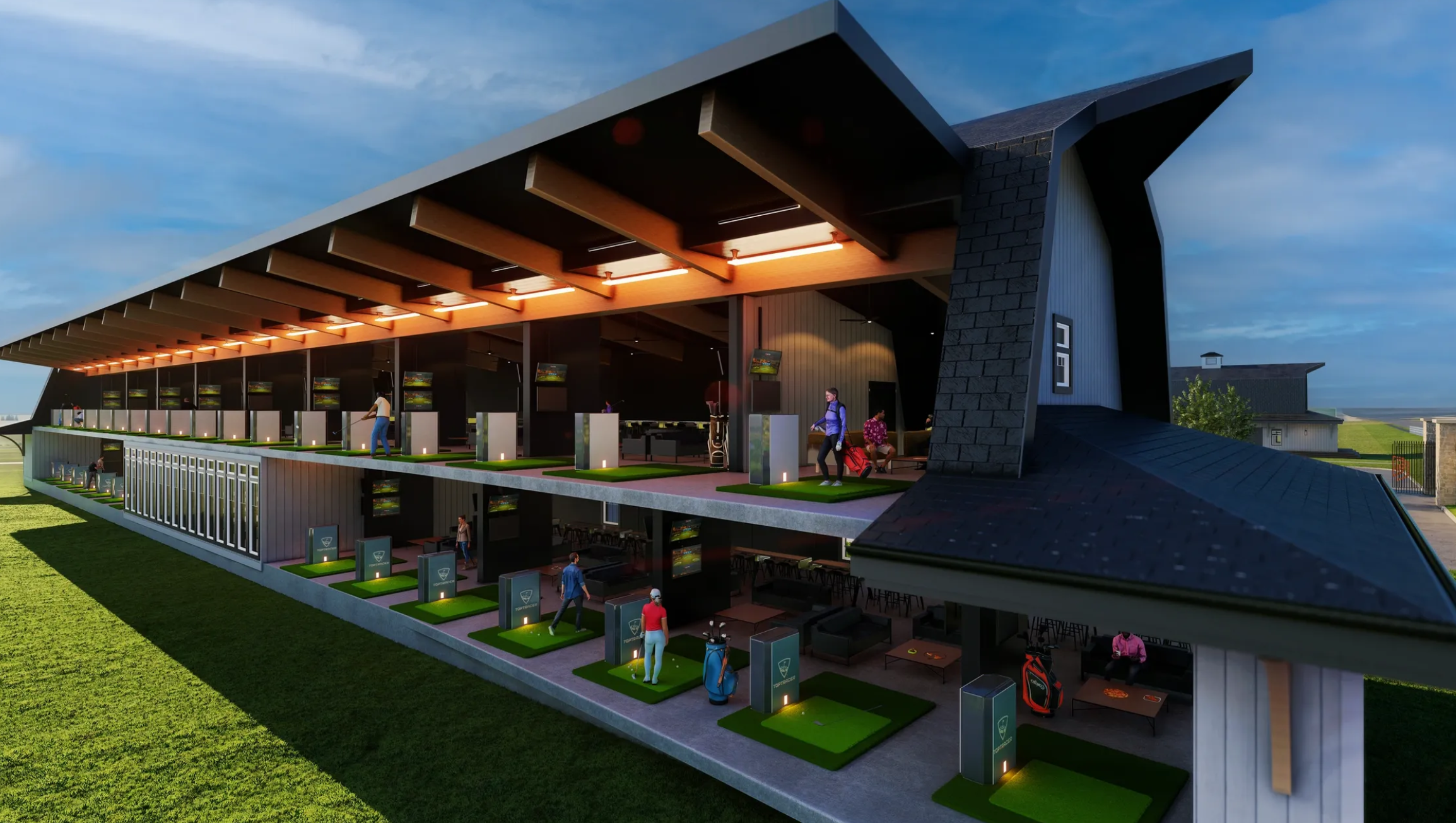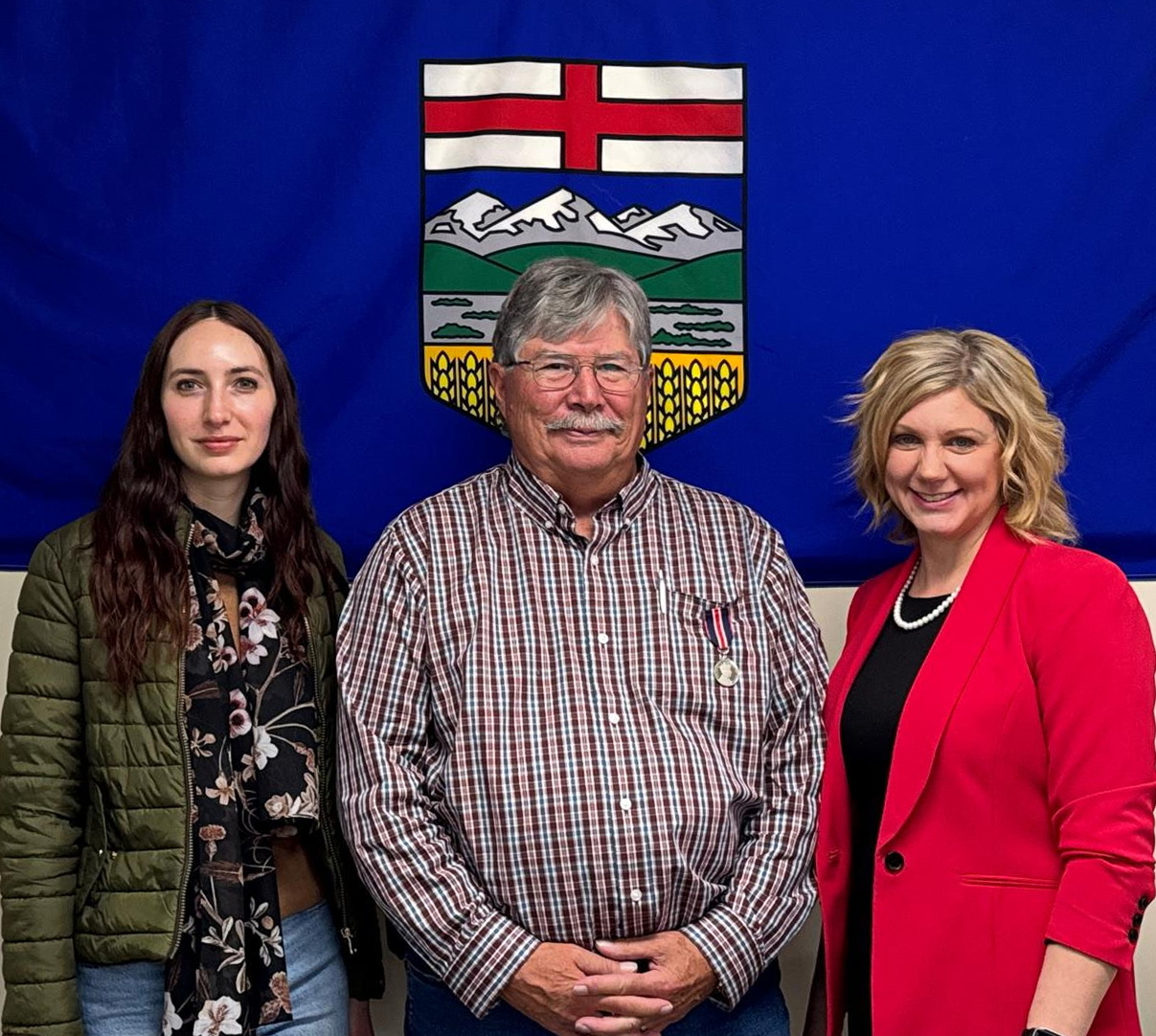This week, Paul and I are heading west to board the Rocky Mountaineer and travel from Vancouver to Banff. It’s a quick 2-night trip, but we are both excited to get travelling again and neither of us has been on this amazing train before. Watch our Facebook and Instagram feeds for real photos of our experience.
First, a little background (geography and history lesson). The Rocky Mountains, also known as the Rockies, are a major mountain range and the largest mountain system in North America, stretching 3,000 miles from British Columbia and Alberta in Canada, through to Colorado and beyond in the US. The Canadian and American Rockies are part of the same mountain range; however, there are some geological differences that visitors can experience.
Due to the colder climate, the Canadian Rockies have a lower treeline, giving the peaks a more rugged, rocky appearance. The region is home to five pristine National Parks, which collectively comprise a UNESCO World Heritage Site. The picture-postcard scenery has been attracting intrepid travellers since the Canadian Pacific Railway completed its route across the country back in 1885, a true piece of Canadian history and an incredible engineering feat!
Featuring vast canyons and chromatic deserts, and red sandstone landscapes that twist through the bright blue sky, the Colorado Rockies reach the highest elevations, with the 30 tallest peaks in the Rocky Mountain range all residing in Colorado. The highest summit in the Rockies, Mount Elbert (4,401 metres), is 54 miles southeast of Glenwood Springs.
Now that you know a little more about where the train goes, let’s talk about the train itself! The luxury rail coaches are designed with domed cars for all levels of service, to make sure you don’t miss a thing as you wind through remote regions, unreachable by any other means.
There are two levels of service available on most trains: GoldLeaf and SilverLeaf. With 180 degree viewing through the glass dome, GoldLeaf train cars are a full 2.5 metres (eight feet) higher than SilverLeaf cars, providing the best possible vantage point to take in the scenery. There is an exclusive outdoor viewing platform at the end of the coach to feel the wind in your hair, get close to nature and frame the perfect photo. The upper level of the rail coach seats between 60 and 70 and is attended to by four hosts who look after guests, serve snacks and drinks, and provide signature storytelling to bring the region and its history to life. Click here to watch a short video of what GoldLeaf is like.
In SilverLeaf, each comfy seat reclines for ultimate relaxation, and the oversized panoramic windows extend around onto the roof to maximize the views. Guests in GoldLeaf Service enjoy both daily meals in the lower level of the coach, which includes both a galley and a dining area for enjoying the made-to-order dishes prepared by the onboard culinary team. In the dining room, one or two dedicated Hosts look after guests as they order from an à la carte menu of locally sourced cuisine, such as Alberta beef and British Columbia salmon. Because everything is made fresh, a wide variety of dietary restrictions and requests are easily accommodated. In SilverLeaf Service, multi-course breakfasts and lunches are served to guests at their seats, on China dinnerware with linens. Breakfast includes fresh baked goods and a hot entrée, while lunch features a choice of main course. One culinary team member is dedicated to each coach, plating meals to a guest’s preference seat-side. Click here to watch a short video of what the SilverLeaf experience is like.
Providing that all-important human element to the Rocky Mountaineer experience are the onboard Hosts. All coaches have dedicated Hosts, trained to surprise, and delight guests with storytelling, serving them food and beverages, and connecting with them as they share in this experience of a lifetime.
A life-changing experience like a Rocky Mountaineer rail journey brings people together, so much so that guests often form enduring friendships with their fellow travellers. Onboard our train, there’s no rush, giving guests from around the globe the perfect chance to swap stories and get to know each other over a cup of tea or an afternoon gin and tonic.
Not only will you experience the best of Western Canada outside your windows, but you will also enjoy the region’s finest on your plate and in your glass, too! French-trained Executive Chefs design menus inspired by seasonal ingredients, a rich mosaic of cultures, and the bountiful regions you travel through. These tempting creations are served alongside award-winning BC wines and locally brewed beers, with delicious snacks served throughout the day. Guests enjoy both breakfast and lunch aboard the train, indulging in three courses of regionally inspired cuisine. For breakfast, they might be tempted by a stack of sourdough pancakes with cranberry maple cream, or a cheddar cheese soufflé served with smoked bacon and farmer’s market sausages. Lunch menus showcase the best of local ingredients, with choices that might include Alberta beef short ribs braised in Okanagan Valley merlot, or roasted steelhead salmon with fennel slaw. I’ll be sure to post pictures of these amazing meals!
The Rocky Mountaineer train journey was designed to create life-changing experiences for guests, combining the romance and history of rail travel with the stress-free luxury of the onboard experience. Days on the train are all-inclusive, so the biggest issues you’ll have to worry about are how to choose between tempting lunch entrées, or when to change your camera’s memory card.
To make the most of the experience, Rocky Mountaineer trains only travel during daylight hours and at the very civilized speed of 45 km/hour (that’s 28 miles/hour) – this is not a journey to be rushed! This means you will never lose a minute of the spectacular scenery you travelled to see: the vast canyons and chromatic deserts of the Southwest United States or the soaring mountain peaks and old growth rainforests of Western Canada. What’s more, the train actually slows down to give you the best view from expansive glass-dome coaches, and a chance to grab your camera!
At the end of the day, you will spend the evening in the comfort of a specially chosen hotel along the route. You won’t even need to check-in! Instead, your bags are seamlessly transferred to your lodgings, giving you one less thing to worry about. You’ll just need to choose whether to kick back and relax in your room, or head out on the town to enjoy the destination.
A Rocky Mountaineer journey is the trip of a lifetime, and a mobility issue won’t keep you from enjoying the experience. With advance notice, mobility issues can be accommodated – from a simple helping hand when boarding the train, through to storing a wheelchair while you’re onboard and providing assistance throughout the journey.
The best route for you depends on your interests: are you a history buff, a keen nature photographer, adventure seeker or maybe you just can’t get enough of the onboard train experience? Here is an overview of the itineraries.
First Passage to the West is the original and most historic route, as these tracks are the very ones that formed the transcontinental railway, linking Canada from East to West when it opened in 1886. From the fertile farmlands of the Fraser Valley, through to the desert-like Interior landscape, and on to the craggy peaks, glaciers and wilderness of the Canadian Rockies, this route takes you to the heart of the West. Highlights of this route include Hell’s Gate: A narrow gorge that sees 750-million litres of water per minute crash through it – double Niagara Falls, Spiral Tunnels: Swiss-engineered marvels that carry trains up and through Kicking Horse Pass and Mount Rundle: Technically a small mountain range, Mount Rundle stands guard over Banff and Canmore.
Click here to watch a video of the First Passage to the West sights.
Journey through the Clouds takes guests through some of the most untouched, breathtaking natural beauty on the planet – with many areas that can’t be accessed in any other way! The route travels through scenic valleys, the Coast Mountains range and the Fraser Canyon with its white-water rapids and dramatic landscape, before heading north to the Albreda Glacier and Pyramid Falls. The highlight of this route is majestic Mount Robson, the highest peak in the Canadian Rockies.
Click here to watch a video of the Journey through the Clouds sights.
Rainforest to Gold Rush route takes guests from the world’s largest temperate rainforest to a desert, from a vibrant city to a quaint mountain town, and from tranquil ranch land to untamed wilderness–that all adds up to some of the most breathtaking and varied rail scenery found anywhere in the world! Starting at the North Vancouver Station on the West Coast in coastal rainforest, the route climbs into the alpine, and then onwards to the vast ranch lands of the Cariboo Plateau, through the Rocky Mountain Trench – where guests get the first glimpse of Mount Robson, and finally into the largest national park in the Canadian Rockies.
Click here to watch a video of the Journey through the Clouds sights.
Rockies to the Red Rocks, Rocky Mountaineer’s newest route, features vast canyons and chromatic deserts, along red sandstone landscapes that twist through the bright blue sky. This two-day train journey travels between Denver, Colorado to Moab, Utah with an overnight stay in Glenwood Springs, Colorado. This trip is 2 days onboard / 1 night hotel accommodation in Glenwood Springs, CO.
Highlights of this route include The Big 10 Curve: Built in the early 1900’s, this spot got its namesake because of the radius of the track’s curve, which is 10 degrees and Mount Garfield: The highest point of the Book Cliffs, towering at 6,765 ft!
For a little taste of what Rockies to the Red Rocks will be like, click here .
The Rocky Mountaineer rail journeys are available through three seasons: spring, summer, and autumn, and while all of these periods are spectacular, each offers different highlights and advantages.
Spring (April to May)
- Cooler weather so there are still snow-capped mountains and lakes may still be frozen.
- High water levels mean rushing rivers and waterfalls.
- One of the best times for wildlife watching.
- Later in the spring season, wildflowers start to blossom.
Summer (June to early September)
- Longest (and warmest) days, so more daylight hours in each destination.
- A good time to spot baby animals!
- Rainforests are lush and full, while desert canyons are especially rugged.
Autumn (Late September to October)
- Cooler temperatures lead to leaves starting to change color.
- The first snowfalls mean the return of snow-capped mountains.
- Spawning salmon attract the attention of hungry bears and eagles, making for excellent wildlife-watching opportunities.
If a little adventure close to home is of interest to you, this might be a perfect fit. We’d be happy to share our experience and answer any questions you might have! Reach out to Paul or Diane at 403-474-6985, email or send an inquiry on our website.









